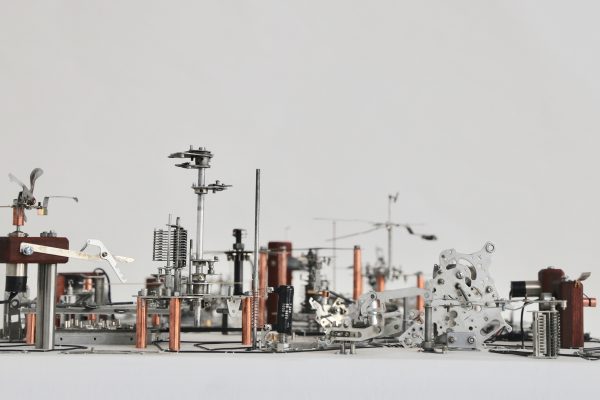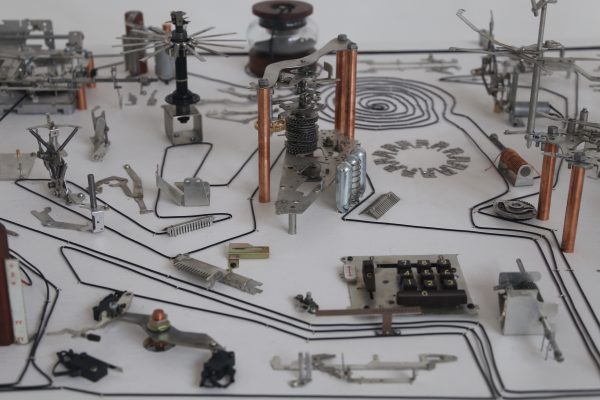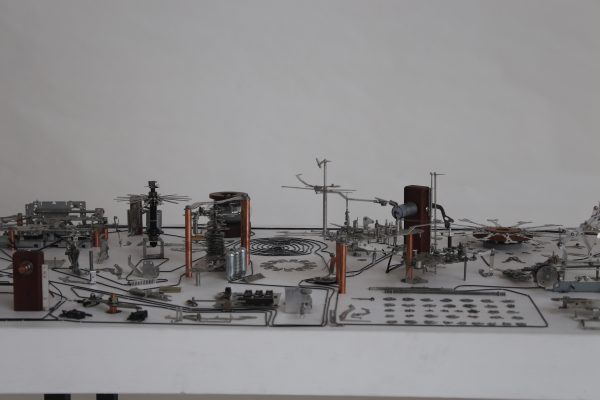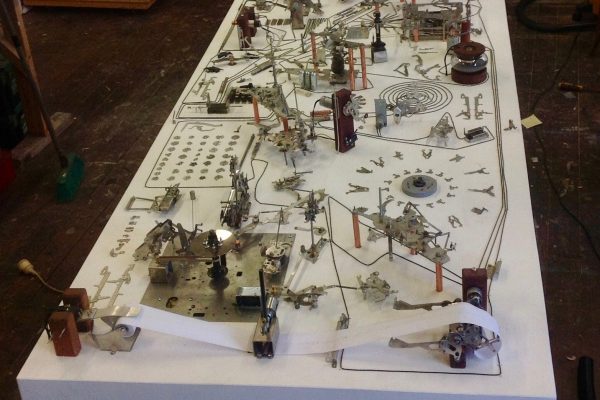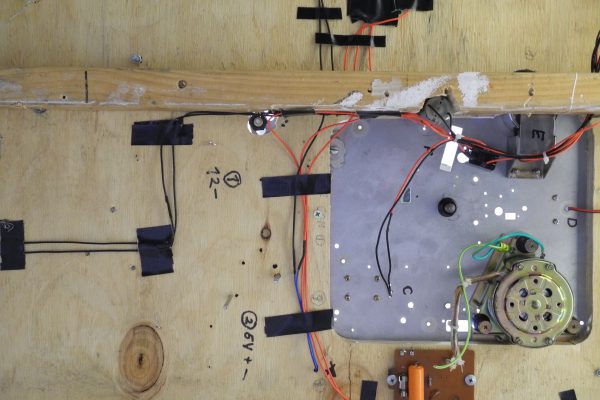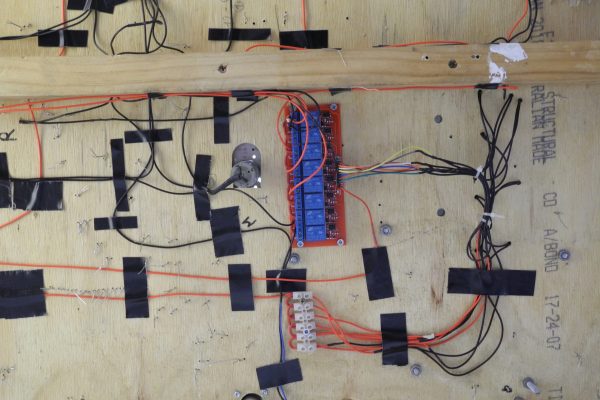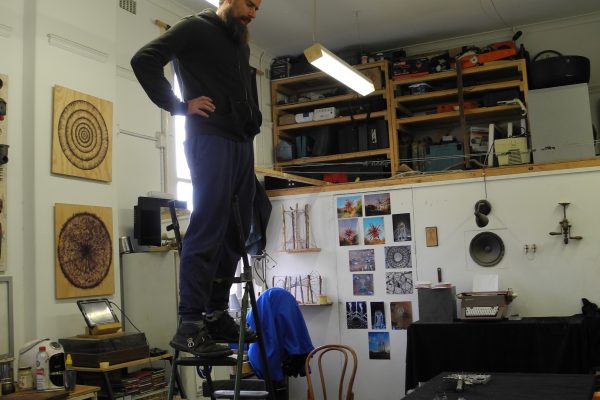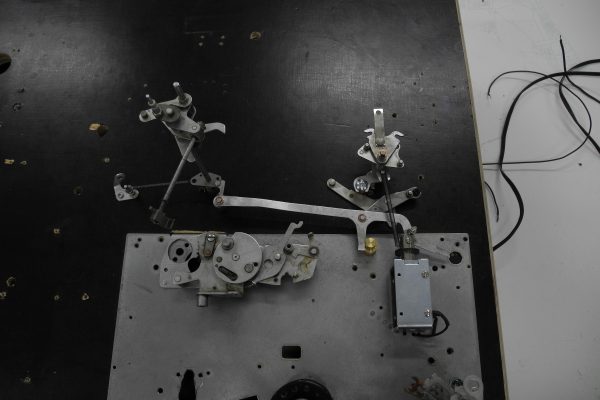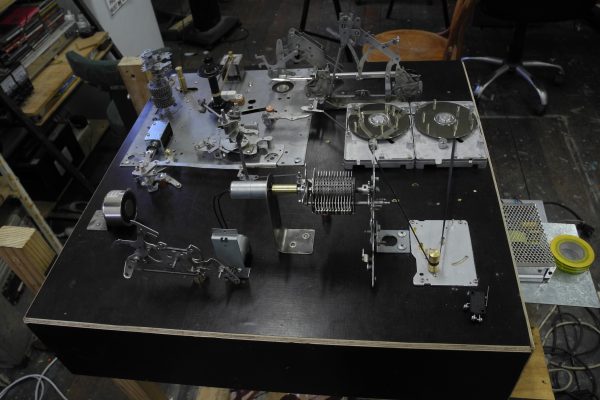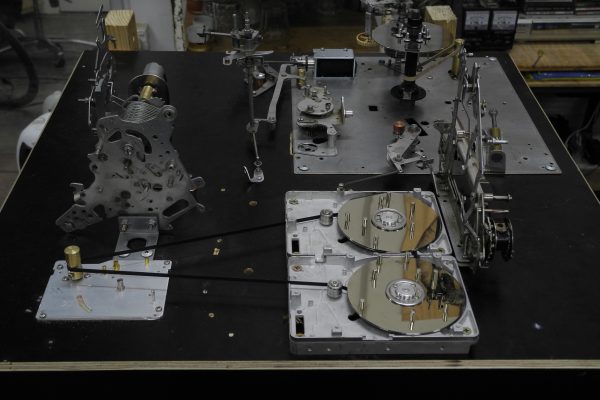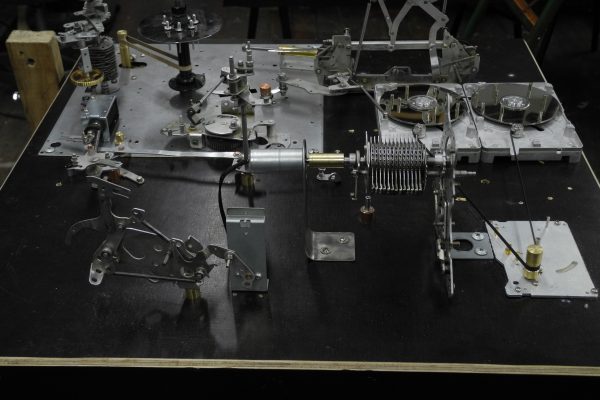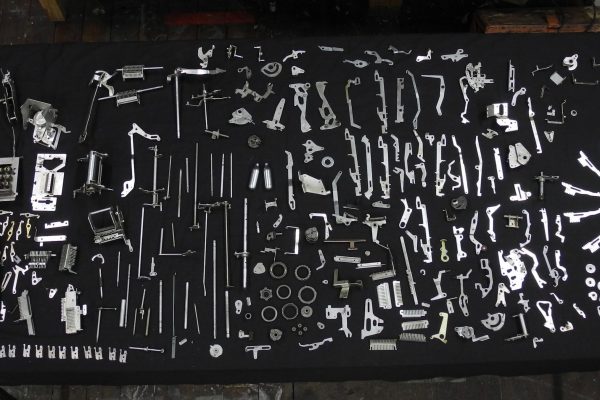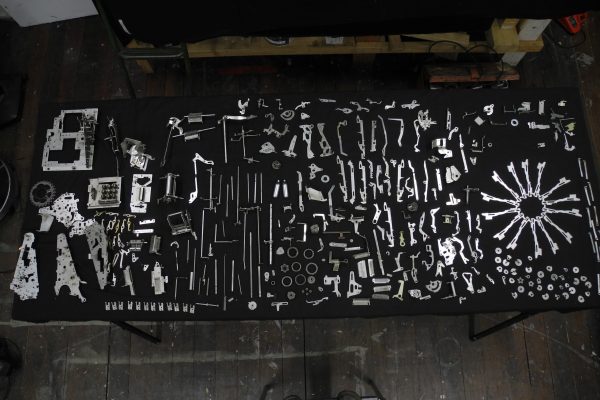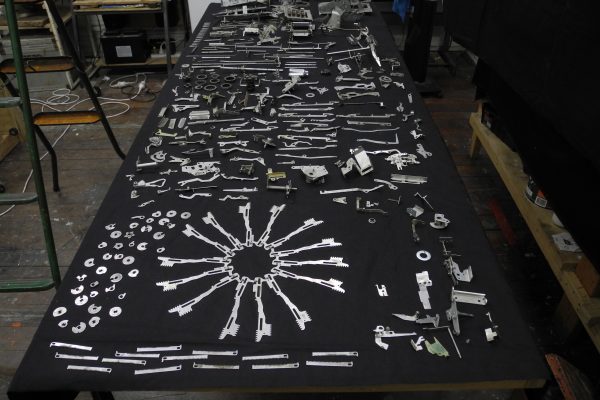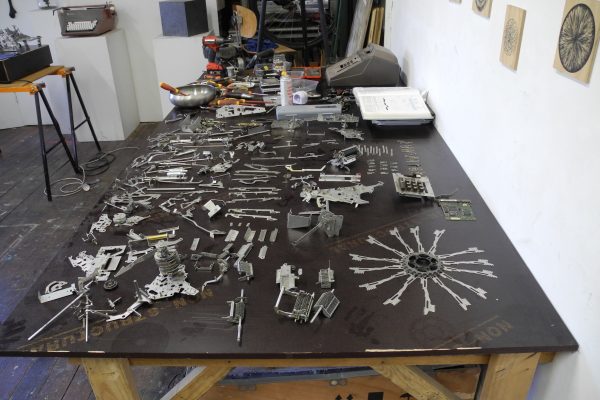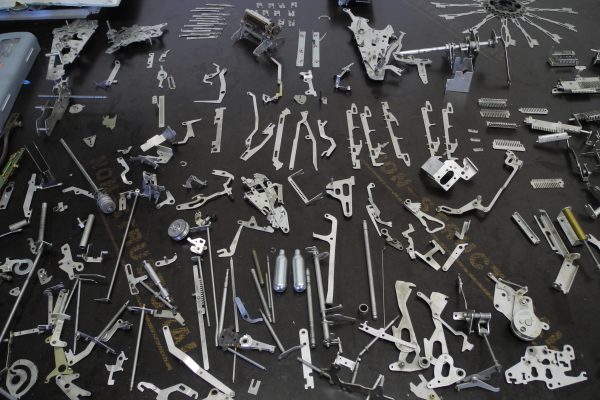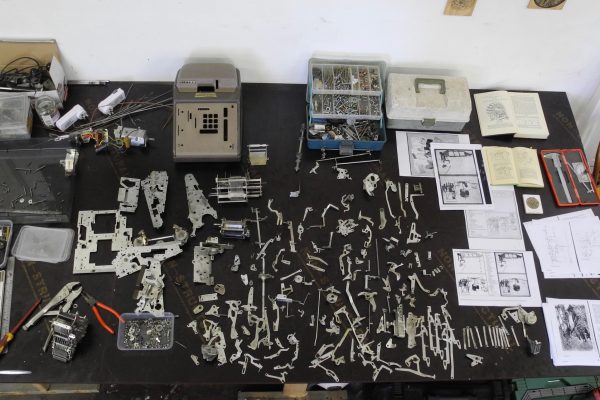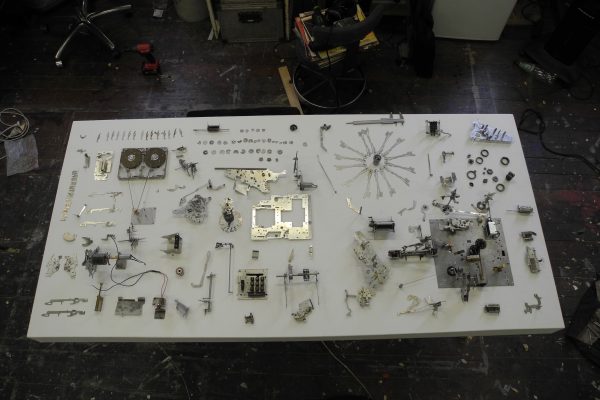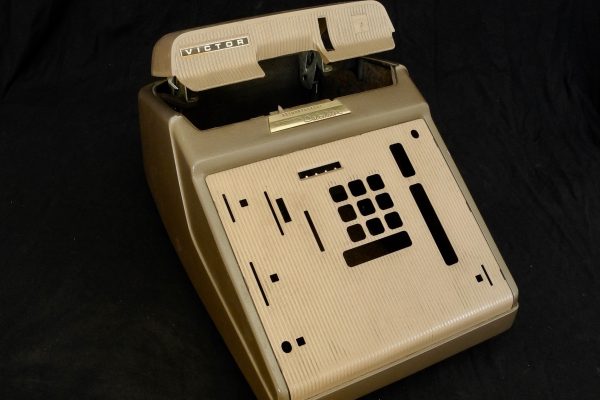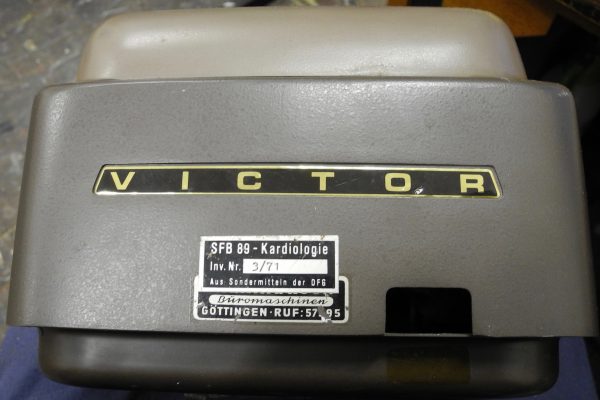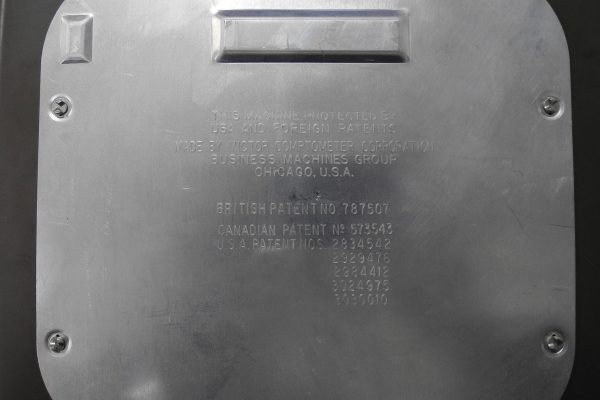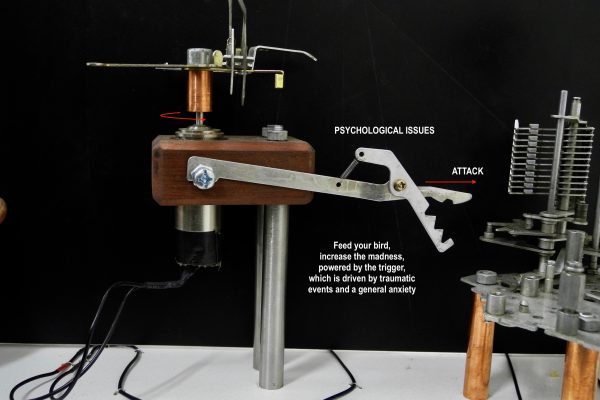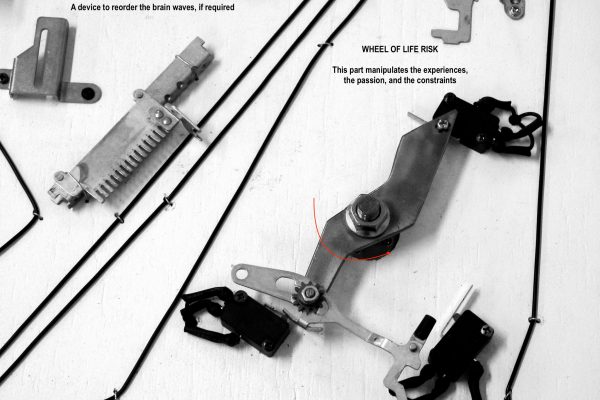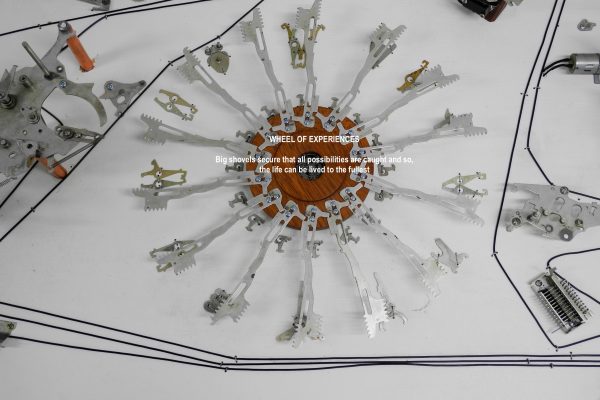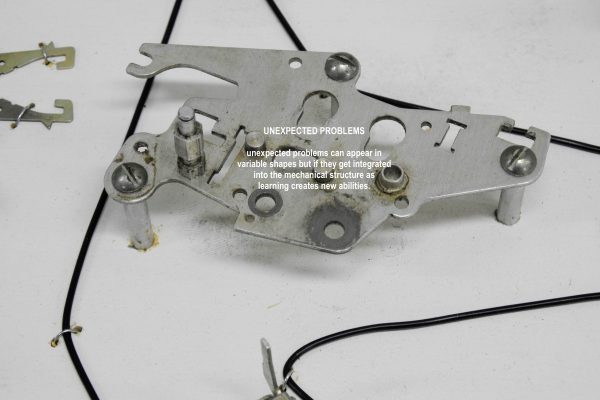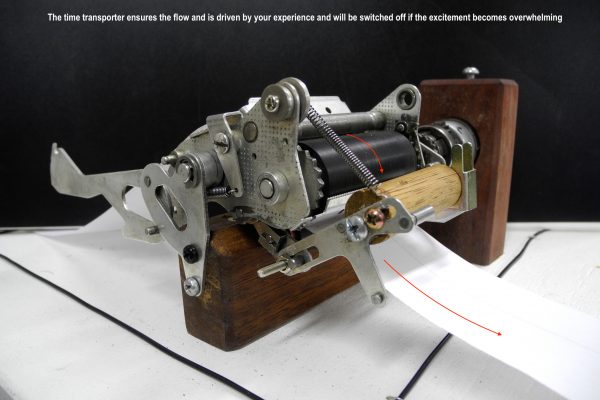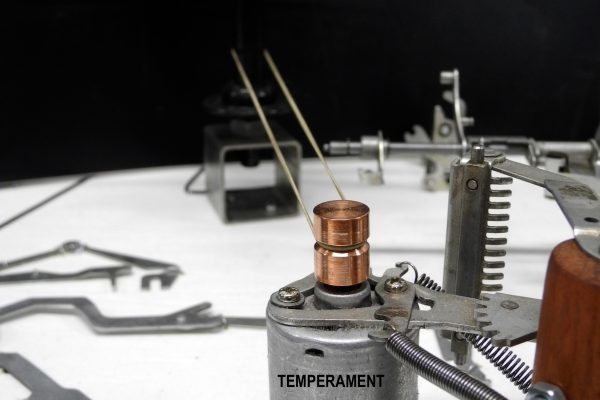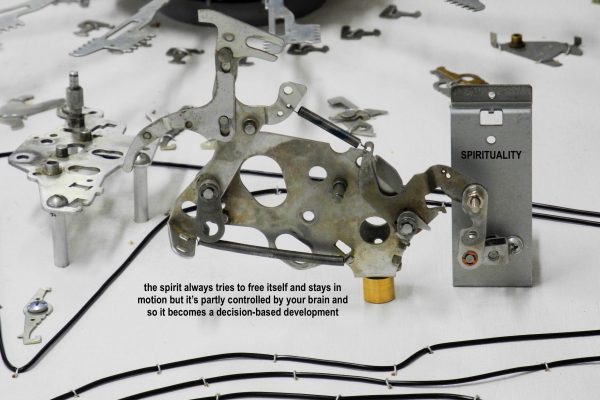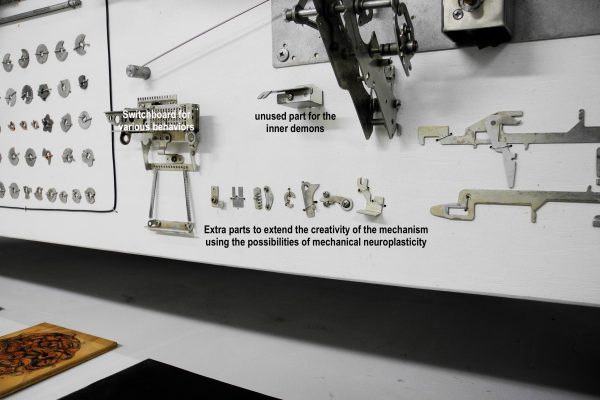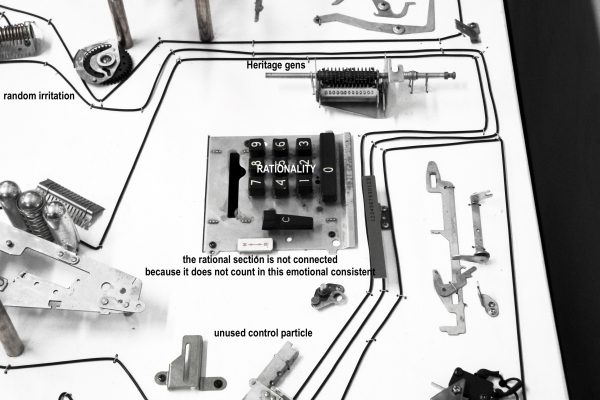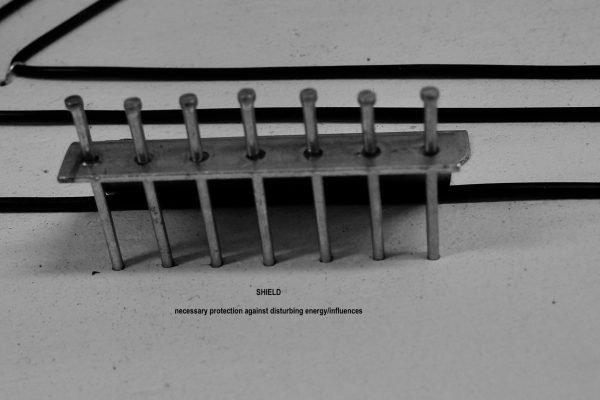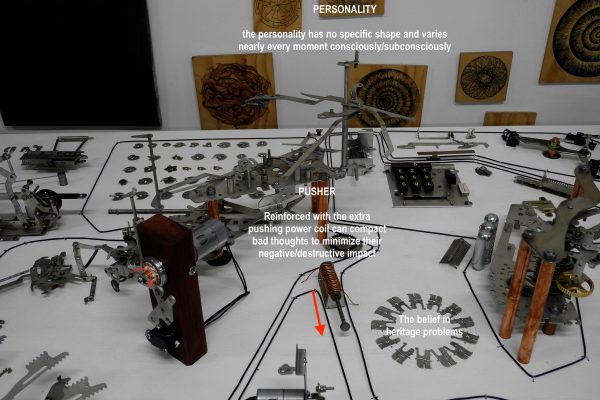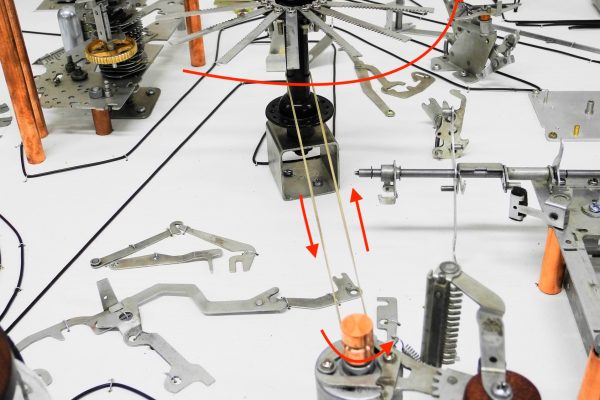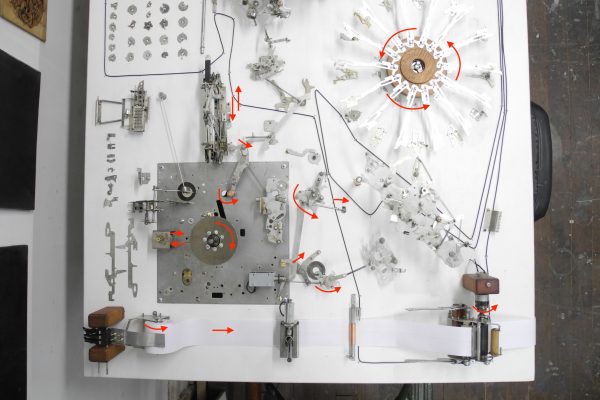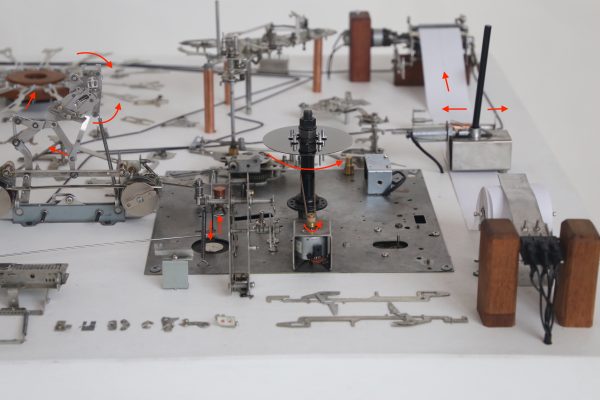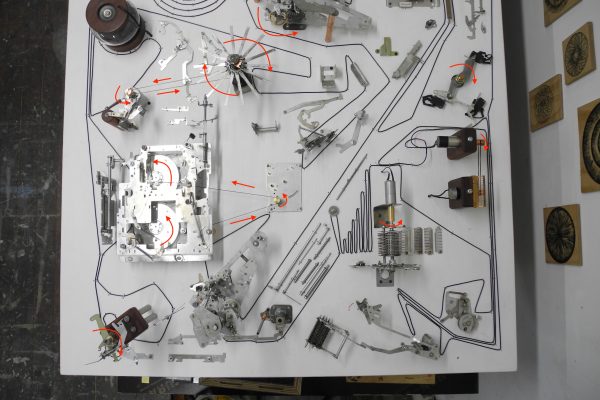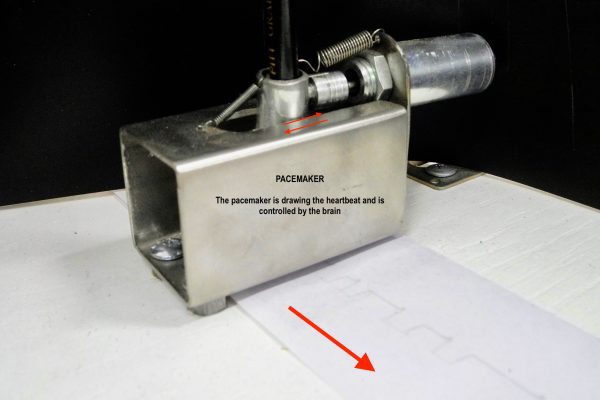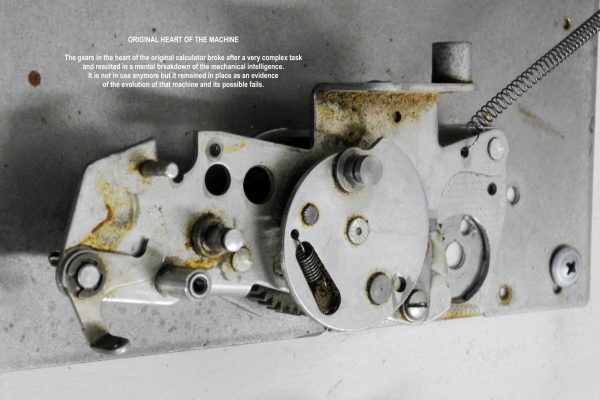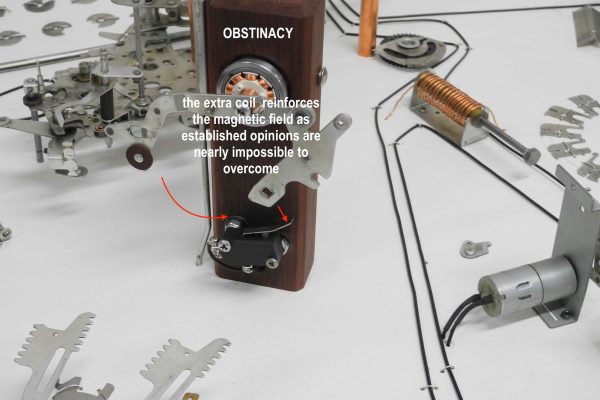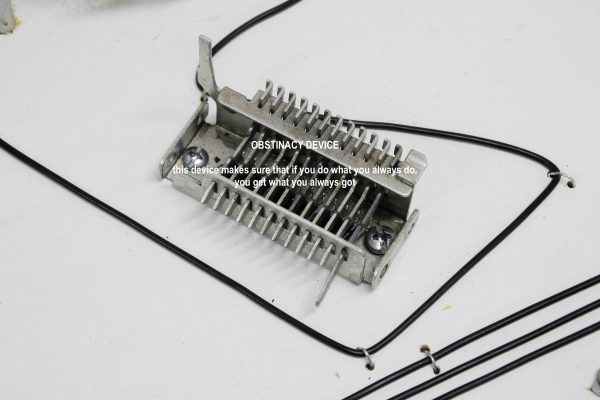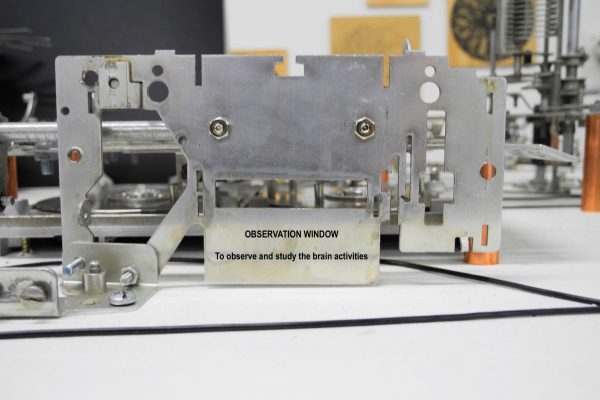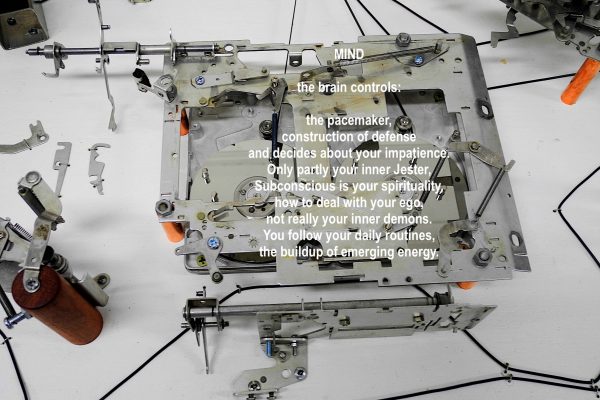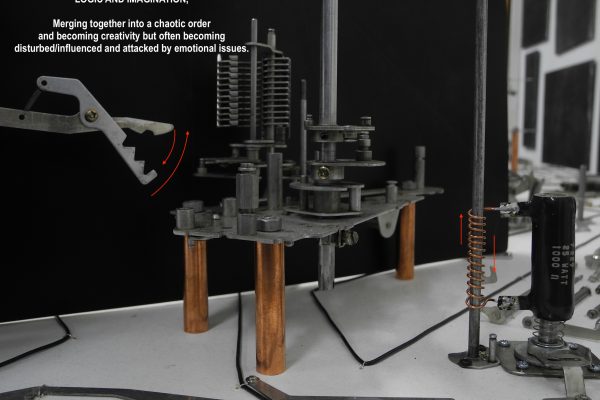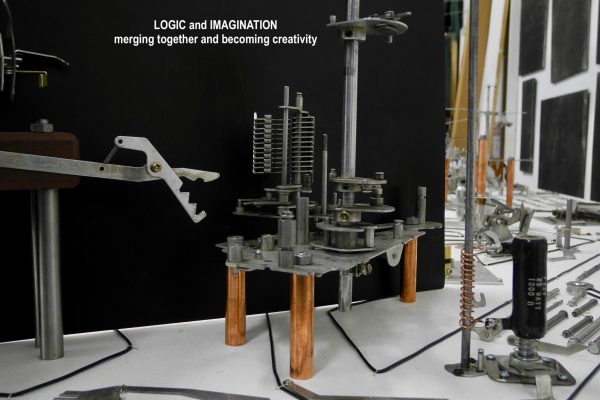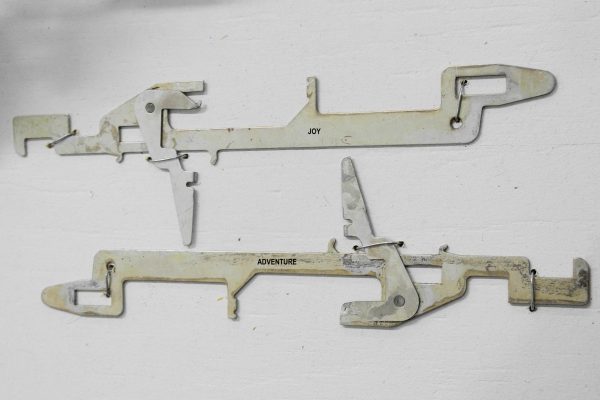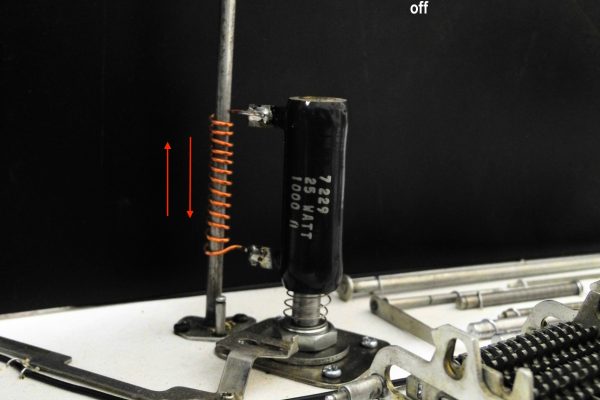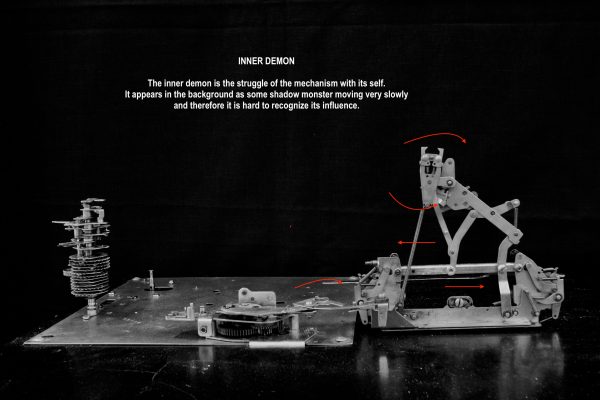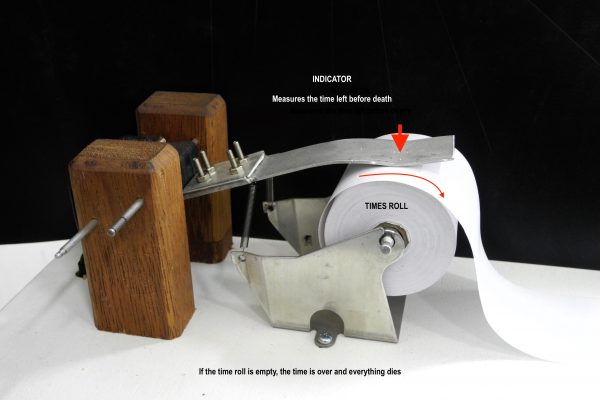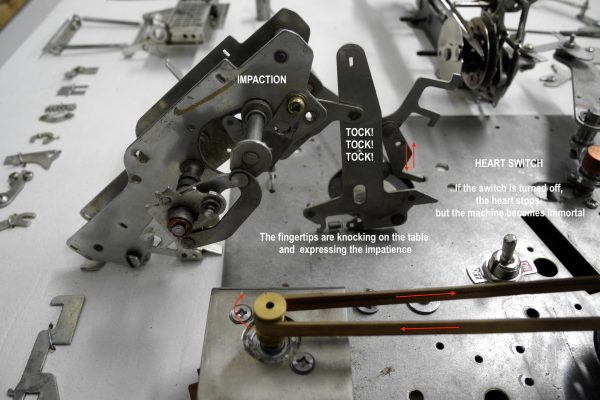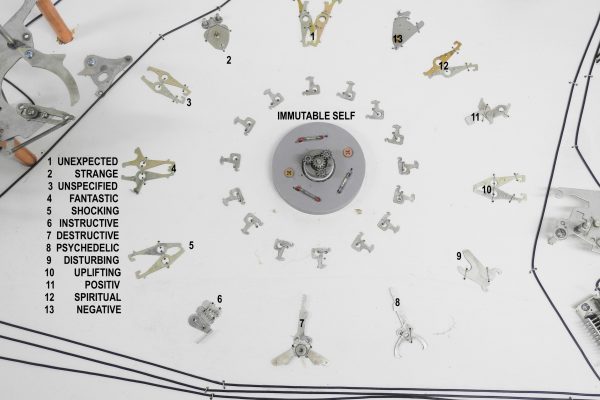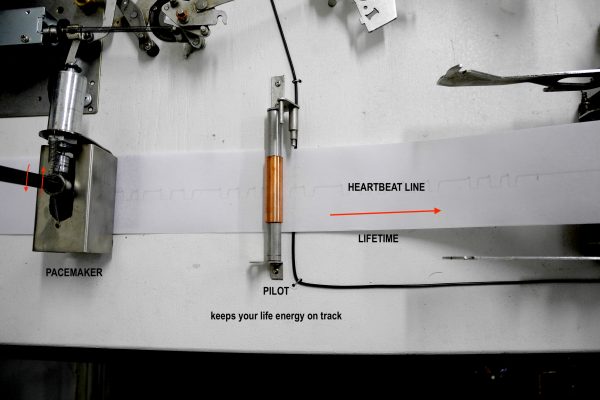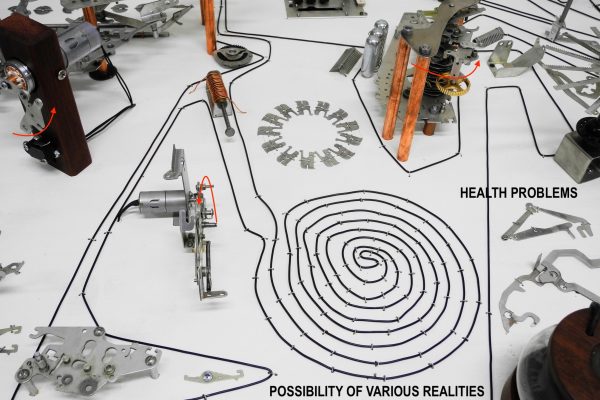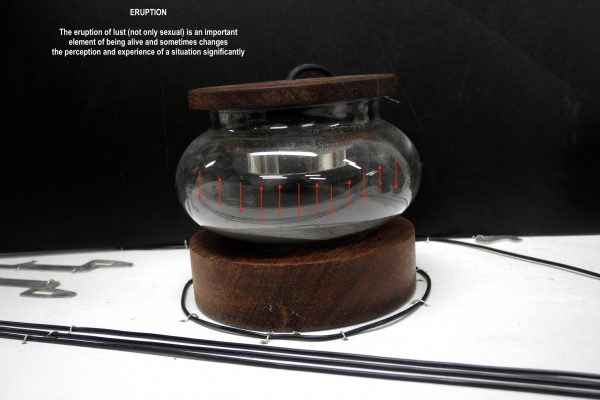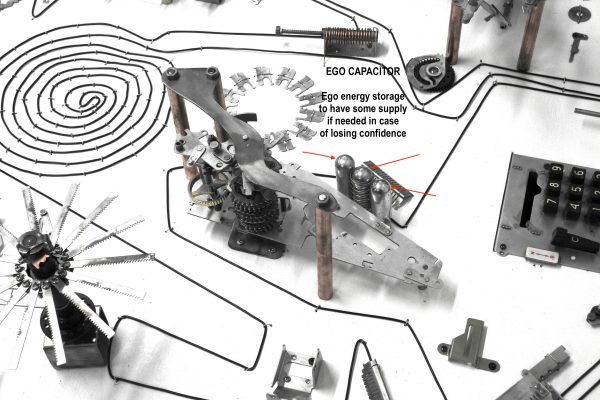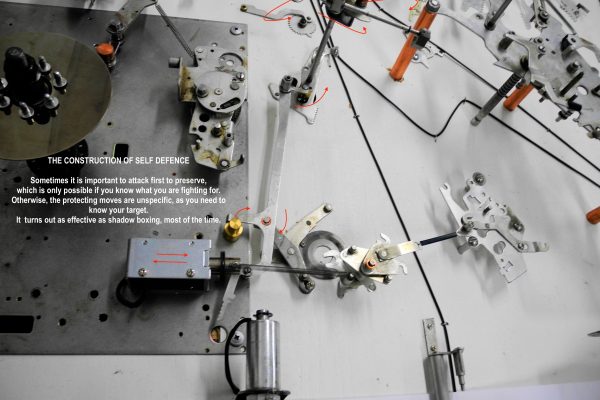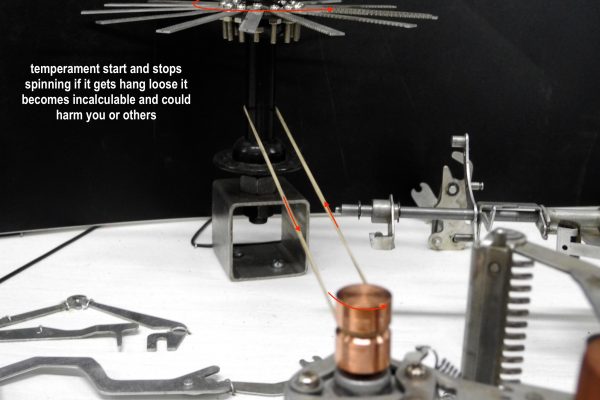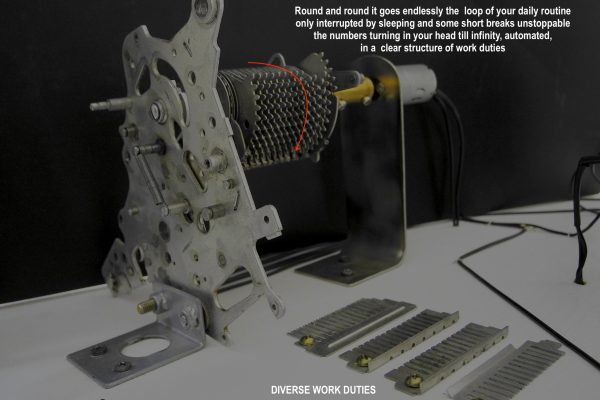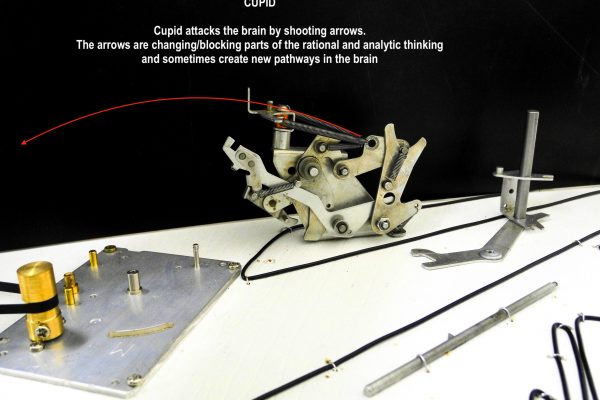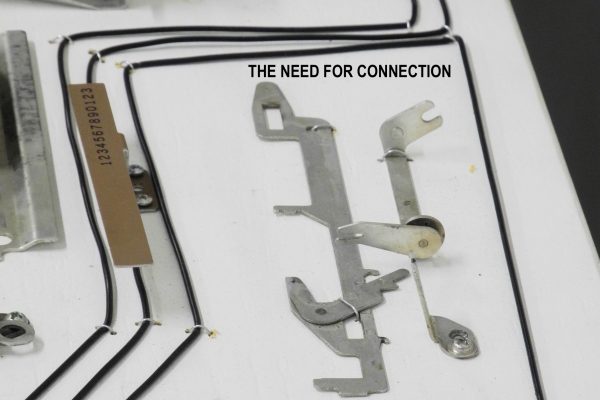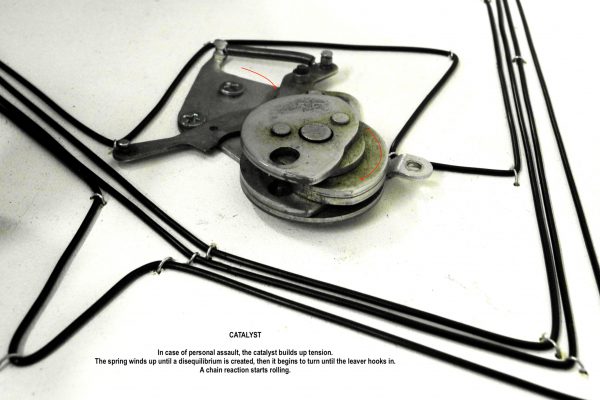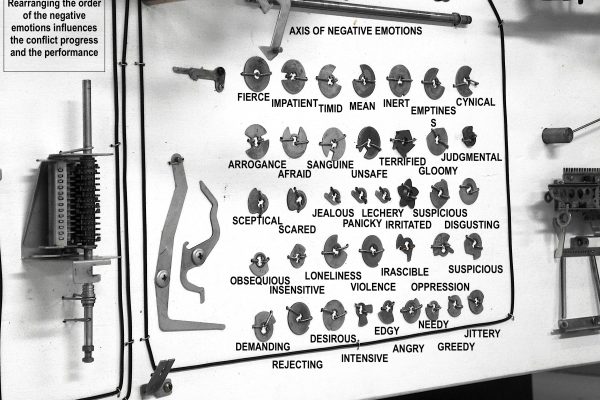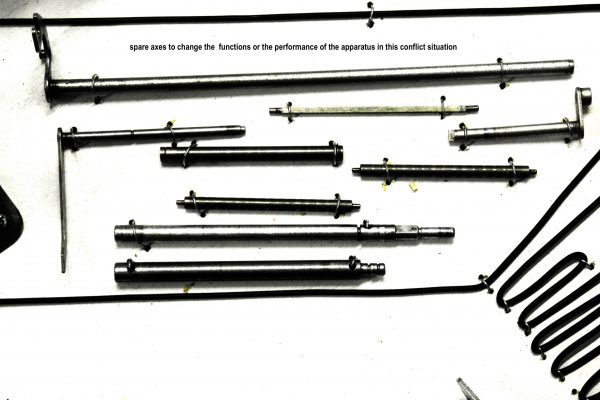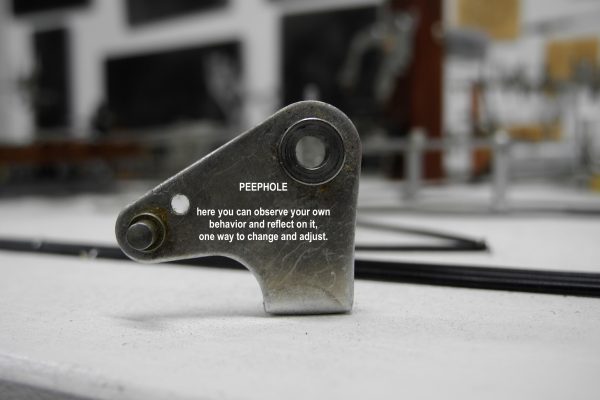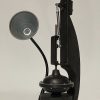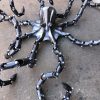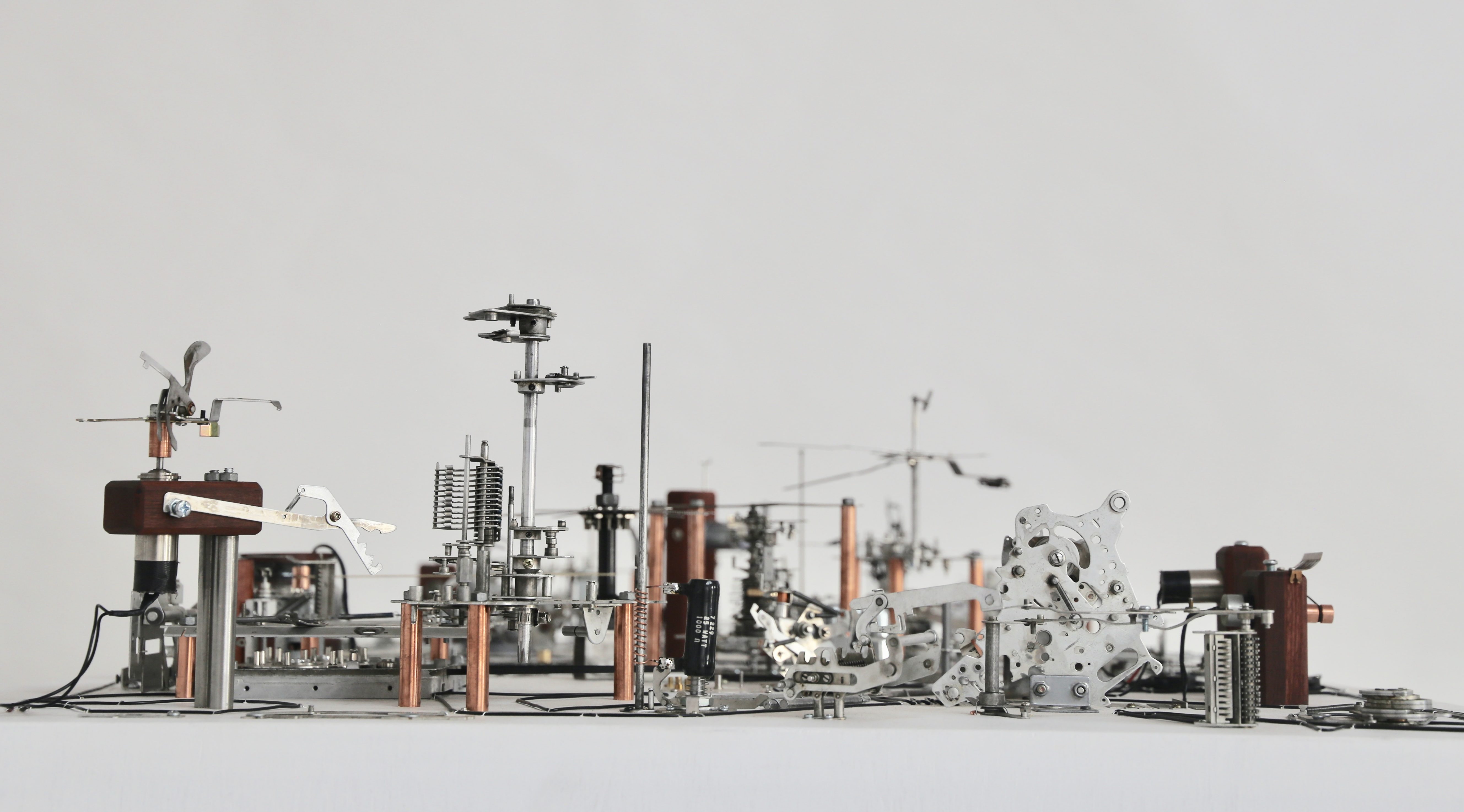
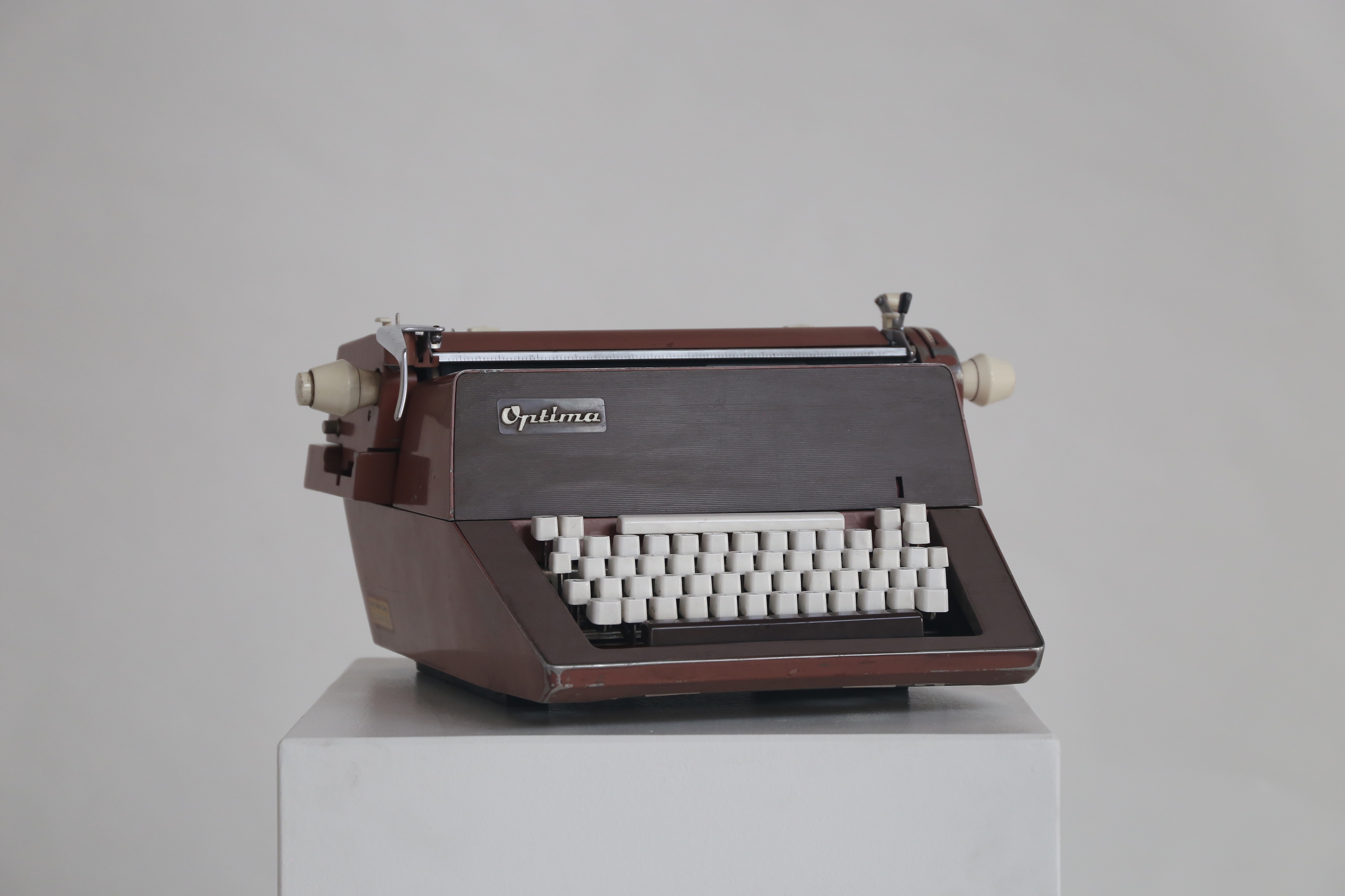
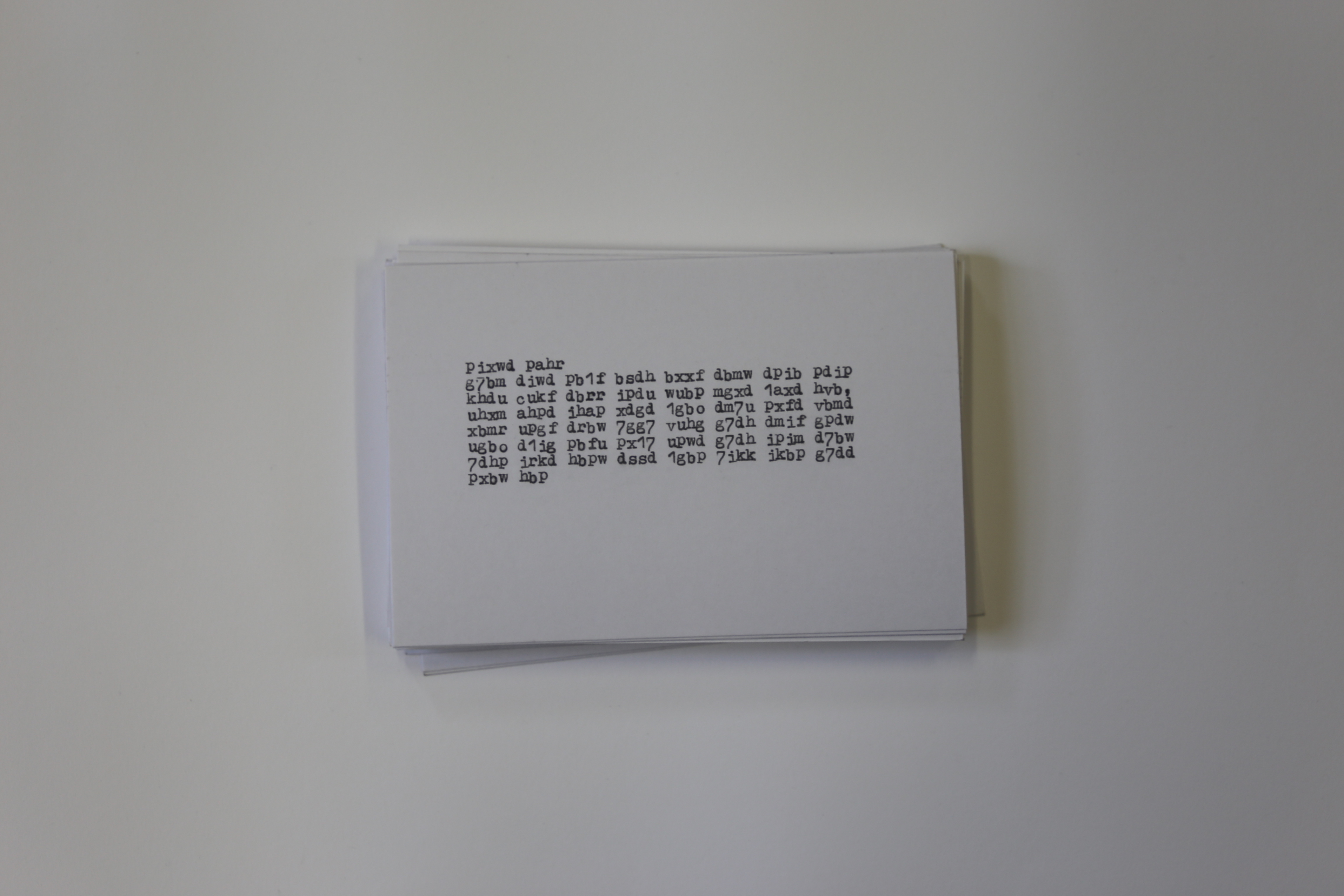
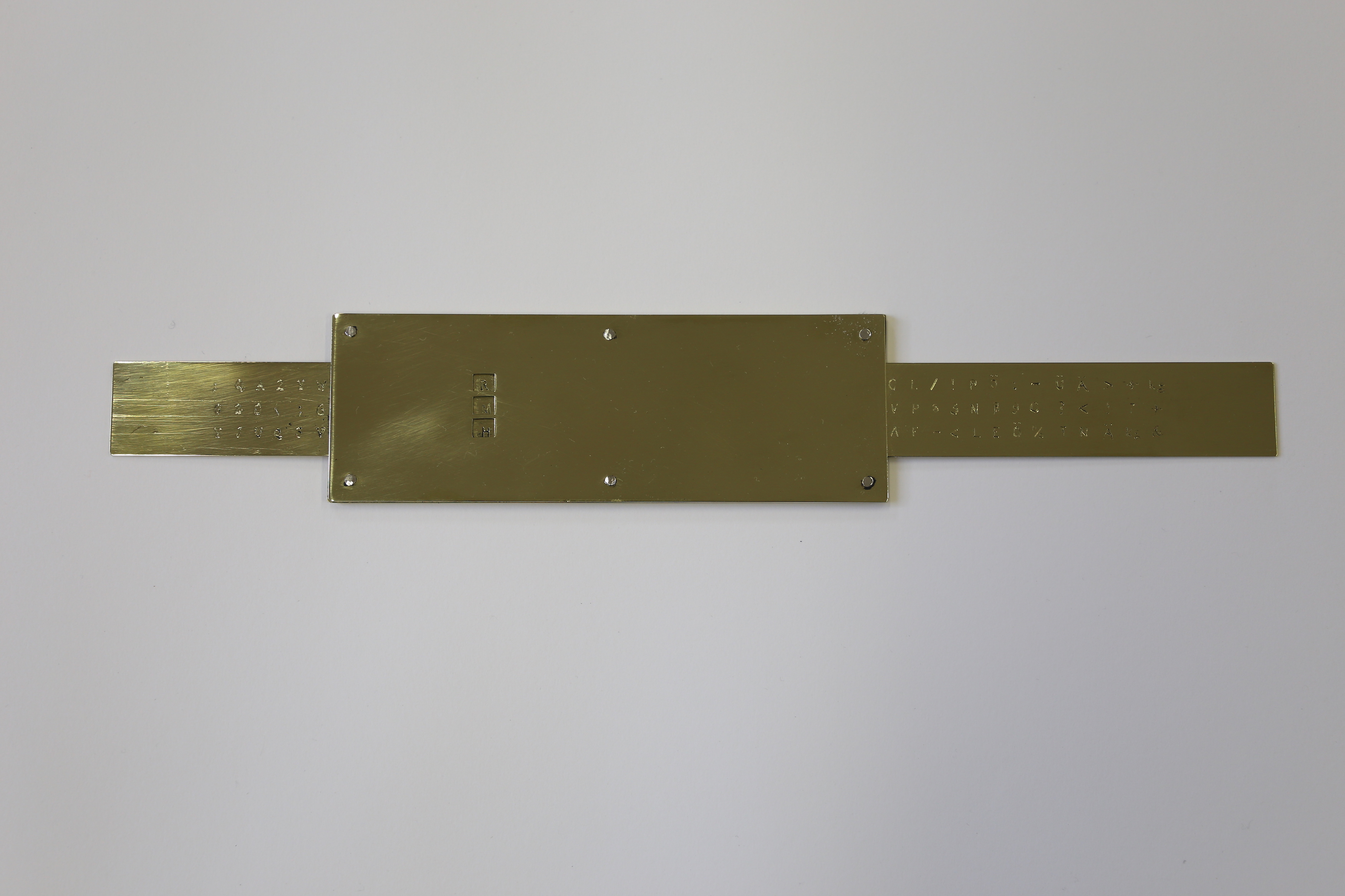
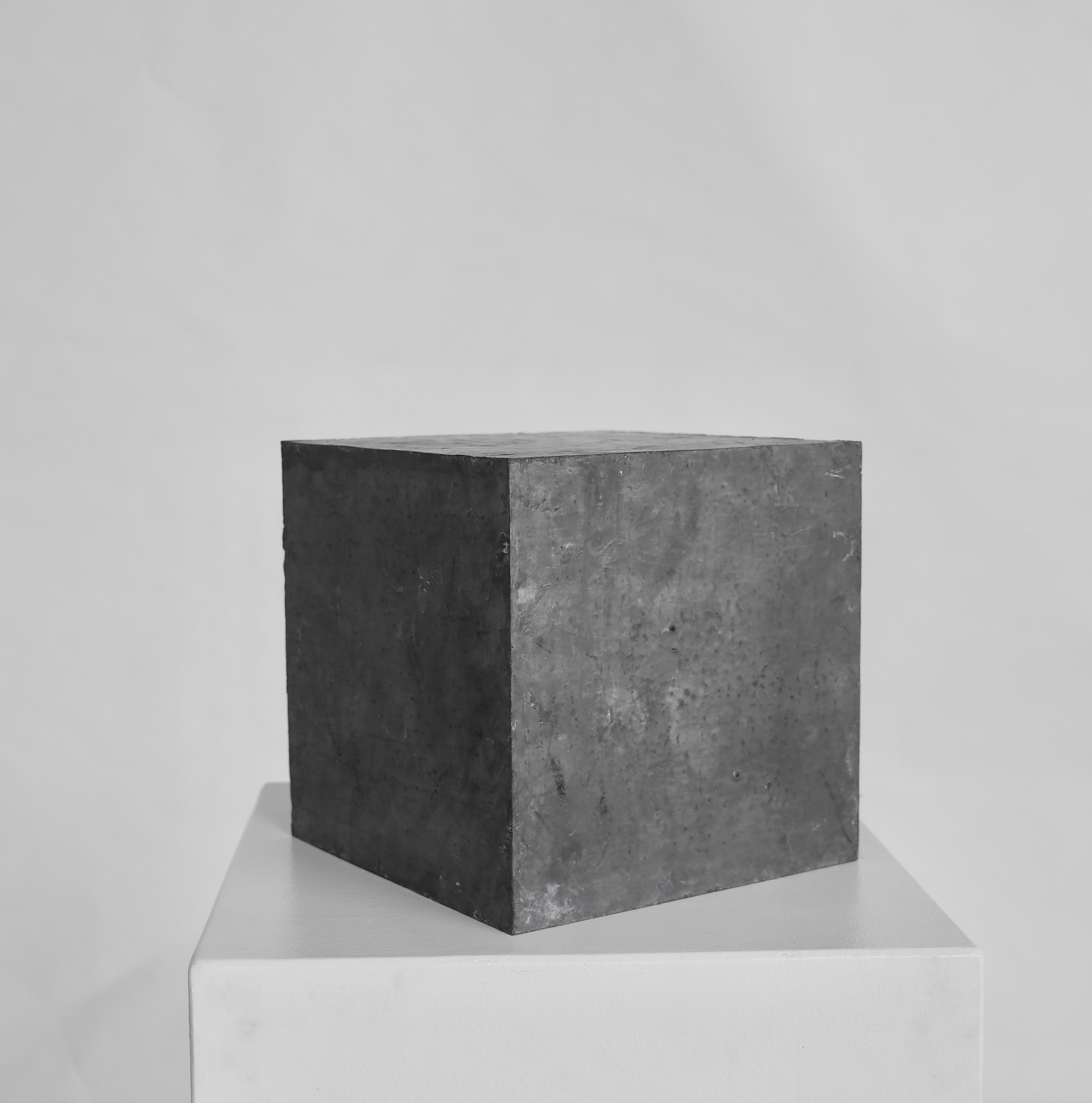
Here and Now 18
Bjoern Rainer-Adamson
“to separate the mass-produced readymade from the readyfound—the separation is an operation”
Marcel Duchamp, The Bride Stripped Bare by Her Bachelors Even
Vimeo video scene:
Daylight: semi-industrial outdoor space.
A four-legged metal contraption with an Eames-style plywood seat affixed to it stands centre frame. A bicycle wheel sits beneath what looks like a gerry-rigged lawnmower engine at the back of the seat. The artist/operator enters left of frame and picks up an electric drill which he uses to jump-start the motor. Sitting confidently in the driver’s seat, the artist grips the throttle to the side, and the sputtering motor engages the bicycle wheel. The digital camera shudders, and the entire rig begins to spin anti-clockwise.At first it seems that the artist’s machine is about to take off, but we soon perceive that this is a grounded kinetic sculpture spinning swiftly on its own axis.After multiple 360-degree whip-pans the of semi-industrial location, the artist gently ‘lands’ the machine and exits to the right of frame.
This is how I first encounter the work of German-born Bjoern Rainer-Adamson entitled Freedom of Choice, the playful kinetic sculpture which provides the leitmotif image for Here and Now 18.
While having little interest in following in the footsteps of Duchamp, now Perth-based Rainer-Anderson has produced a body of work that brings readymade and readyfound objects into new productive and often humorous relationships.
No trash art or junk art here, Rainer-Anderson meticulously interrogates his battery of found materials in order to create new meaning and functional form from the old.
These well-crafted and highly conceptual artworks challenge the viewer to piece together a wide raft of underlying codes, schemas, and operations that constitute today’s global materialist culture.
His curiosity to understand the internal machinations of all manner of devices combines powerfully with his master-craftsman ability to make highly-polished sculptural objects that set up intriguing perceptual puzzles and creative thought experiments.
Much of his practice puts into operation the detritus and discarded objects of mass-production and assembles them into playful sculptural propositions.
How can we decode the internal workings of global culture and society, and then encode it into what Rainer-Anderson describes as “how reality is experienced as a shared phenomenon of the human collective mind”.
Rifle, the Optima typewriter piece he has created for this exhibition is a case in point. While this object deceivingly imitates its East German original in surface detail, in fact it has been completely rebuilt into a fully-functioning device that will never write what the author intends.
Each key now connects with a different letter of the alphabet, and any attempt to write sensibly (if the audience were ever allowed) would be instantly turned into non-sense.
Together with Decoder and Lead Box, the suite of new works created for Here and Now 18 provide the audience with a new take on what Duchamp might have termed a ‘playful science’.
These works seek to unravel the mechanisms and soul of the machine in new ways, piecing together the discarded components of our hyper-materialist society into intriguing portraits of our age.
Ross Rudesch Harley
